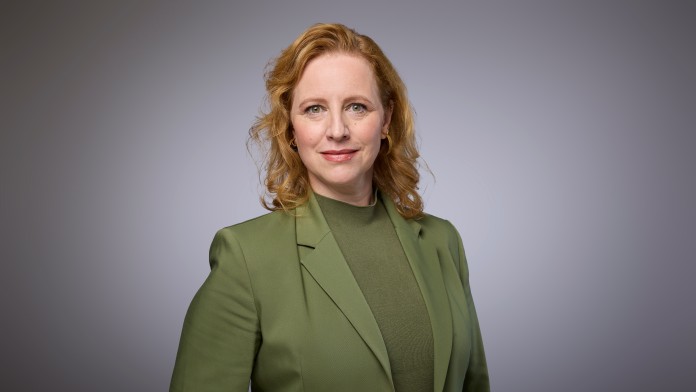Press Release from 2017-05-23 / Group, KfW Research
KfW Research raises growth forecast for Germany
- Growth rate of 1.6% expected for both 2017 and 2018 (upward revision of 0.2 percentage points for both years)
- Domestic demand remains main driver of growth, exports are picking up, business investment is recovering
- European risk factors are fading away: voters in France and the Netherlands give a clear mandate to advance the monetary union
- Brexit and US protectionism are main cyclical risks
The energetic start of the German economy to the year 2017, the ongoing positive sentiment in the business sector and the clear mandate of the French and Dutch voters to continue developing Europe have prompted KfW to lift its economic forecast for Germany. KfW Research now expects real growth of 1.6% for both 2017 and 2018 (previous forecast: 1.4% for each year). The German economy will thus maintain the underlying cyclical momentum carried over from the previous year for the time being, as the slowdown of 0.3 percentage points on 2016 (1.9%) predicted for 2017 is due exclusively to unusually strong variations in the number of working days.
Domestic demand remains the main driver of growth this year and next. Private consumption and residential construction expenditure are set to continue growing steadily, if with slightly less momentum owing to higher inflation amid agreed relatively moderate wage agreements already concluded for 2016 and 2017. A gradual rise in long-term interest rates since the US election is also likely to dampen residential construction activity slightly on a high level.
At last, good news has come from corporate investment. Export demand is picking up and, combined with very high industrial capacity utilisation and borrowing terms that continue at historically low levels, is acting as a tailwind for investment activities. Besides, since the elections in the Netherlands and, especially, in France, the risk of further direct destabilisation of the EU is now significantly diminished, reducing a large uncertainty factor that has likely discouraged many firms from investing.
“The German economy is resembling a long-distance runner”, said Dr Jörg Zeuner, Chief Economist of KfW Group. “It is maintaining the pace with impressive stamina and heading for one of the longest growth periods of the past half-century.”
With the year 2018, the current upswing would amount to at least nine years of uninterrupted growth and total real GDP growth of around 19% compared with the recession low of 2009. Since the outbreak of the oil crisis in the 1970s, only the upswing from 1982 to 1992 was slightly longer, and much stronger (+35%). In its later stage, however, it also benefited from a historically unique situation: the very strong demand surge triggered by the fall of the wall and Germany’s unification.
Zeuner: “Such a historic situation is in principle conceivable again today thanks to openness and membership of the euro area. Germany has a vital interest in developing a convincing strategy for the future of the euro area together with its partners as fast as possible. For us that offers the opportunity for even more growth as early as next year. But we also need to remain vigilant of the downward risks. These would come to fruition especially if the USA and the UK, as important partners in trade and direct investment, were to rigorously implement their isolationist plans regardless of the considerable damage they would inflict upon themselves.”
The current KfW Business Cycle Compass is available at


Share page
To share the content of this page with your network, click on one of the icons below.
Note on data protection: When you share content, your personal data is transferred to the selected network.
Data protection
Alternatively, you can also copy the short link: https://www.kfw.de/s/enkBbm2w.BliA
Copy link Link copied